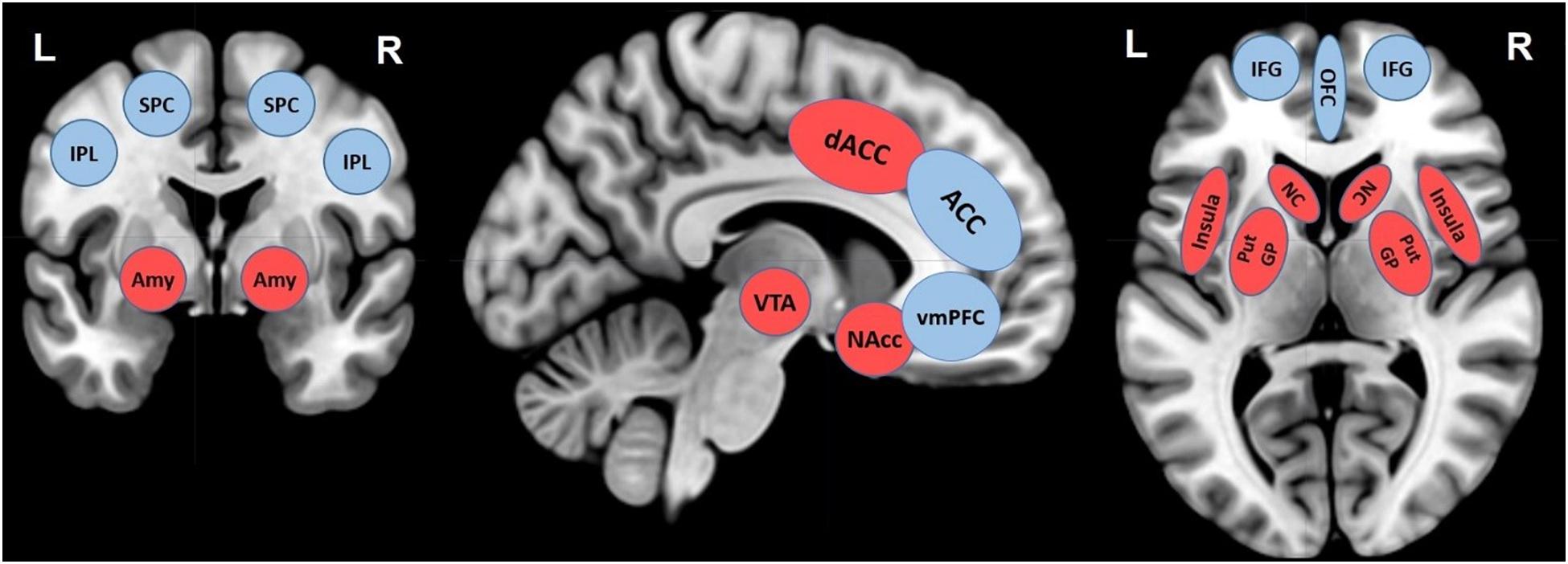

Meditation and cognitive ageing: The role of mindfulness meditation in building cognitive reserve. Association between sleep duration and cognitive decline. The effect of healthy diet on cognitive performance among healthy seniors – A mini review. Brain lateralization: A comparative perspective. The role of the right hemisphere in emotional and behavioral disorders of patients with frontotemporal lobar degeneration: An updated review. Left brain, right brain: Facts and fantasies. The relationship between the frequency of number-puzzle use and baseline cognitive function in a large online sample of adults aged 50 and over. Aerobic exercise improves episodic memory in late adulthood: a systematic review and meta-analysis. You can learn more about how we ensure our content is accurate and current by reading our editorial policy. We link primary sources - including studies, scientific references, and statistics - within each article and also list them in the resources section at the bottom of our articles. Medical News Today has strict sourcing guidelines and draws only from peer-reviewed studies, academic research institutions, and medical journals and associations. If a person has an injury that separates the two brain hemispheres, they can still function relatively normally. The two sides do not necessarily have to communicate, though. In a healthy brain, the two sides communicate with one another. The left and right sides of the brain connect via nerve fibers.

The right side of the brain is responsible for image processing, spatial thinking, and movement in the left side of the body. It also controls the right side of the body. The brain’s left half is primarily responsible for speech and abstract thinking. Each half of the brain contains six different lobes. The left and right sides of the brain have different functions and control different processes. The brain processes information it receives through its neuron network and sends signals to all parts of the body to control bodily functions and respond to stimuli The left and right sides of the brain. Neurons are information messengers which use electrical and chemical impulses to transmit information around the central nervous system (CNS). Despite weighing only 3 pounds, the human brain contains as many as 100 billion neurons and 100 trillion connections. The brain is a complex organ that controls all bodily processes, including thought, sensory perception, and physical action. Share on Pinterest artpartner-images/Getty Images


 0 kommentar(er)
0 kommentar(er)
